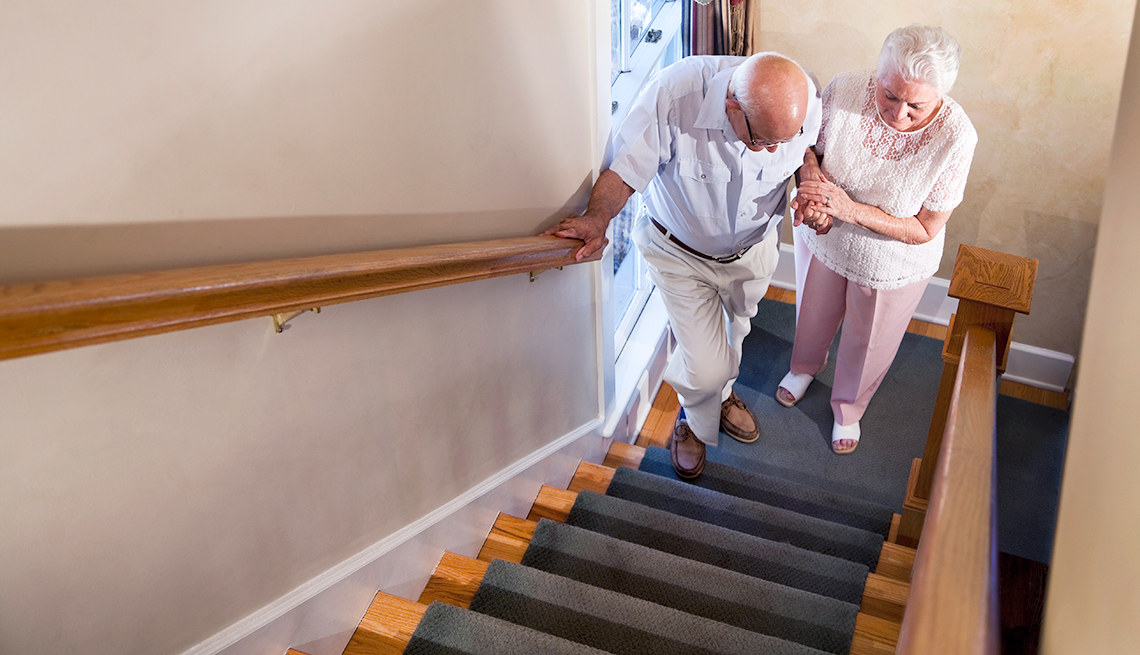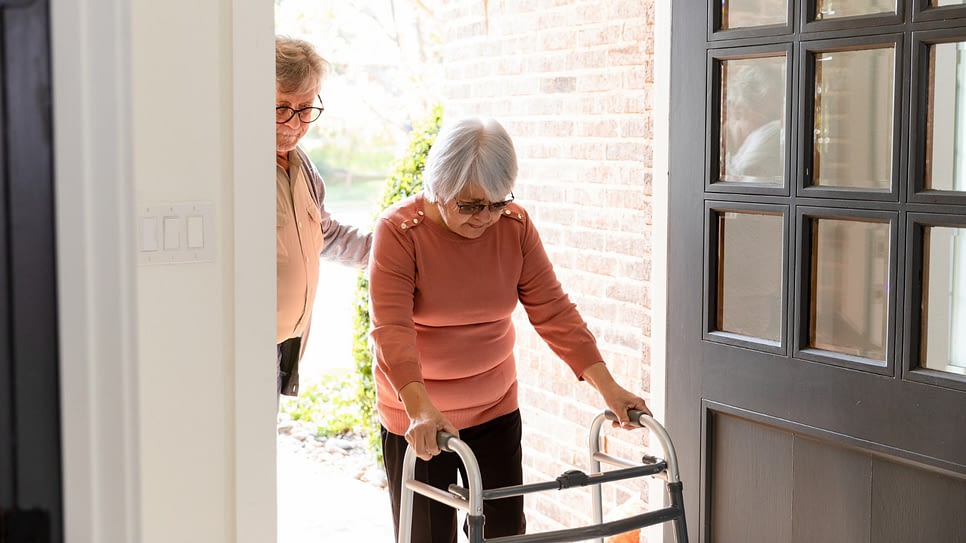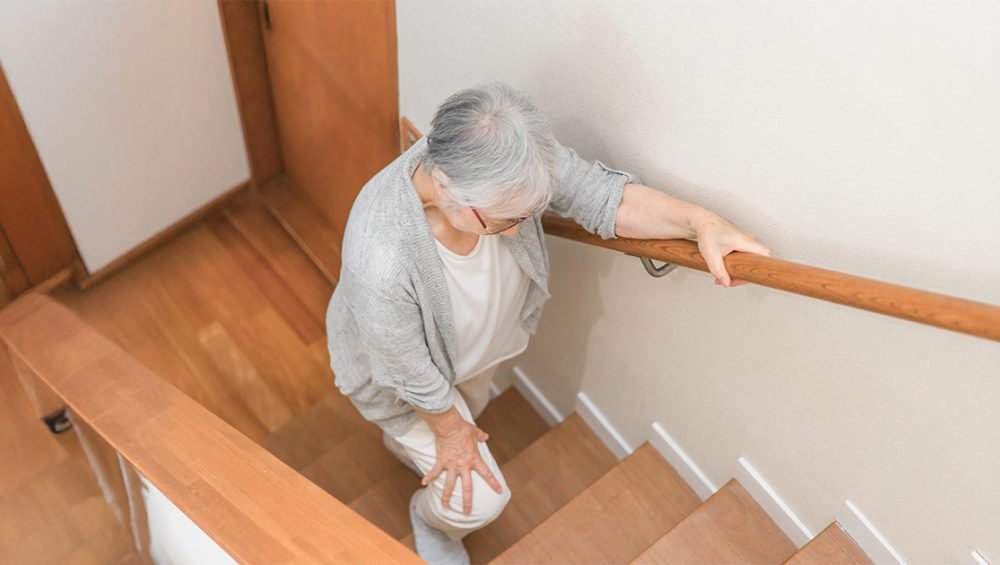As a family caregiver, ensuring the safety and well-being of your loved ones is a top priority. One of the most effective ways to safeguard them is by implementing fall prevention exercises at home. Falls are a common concern for seniors, but with the right exercises and precautions, you can help reduce the risk significantly.

Why Are Fall Prevention Exercises Important?
Falls can lead to serious injuries, especially in older adults. By engaging in regular fall prevention exercises at home, individuals can improve their balance, strength, and overall physical health. This proactive approach not only enhances safety but also boosts confidence and independence.
Understanding the Risks of Falls
Many factors contribute to falls, including muscle weakness, poor balance, vision problems, and certain medications. Identifying these risks is the first step in creating an effective exercise plan.
Key Benefits of Home Exercises
Incorporating fall prevention exercises into daily routines offers numerous benefits. These include improved mobility, increased muscle strength, better balance, and enhanced mental wellbeing. Exercise also aids in maintaining a healthy weight, which is crucial for reducing fall risk.
Getting Started with Fall Prevention Exercises at Home
Before beginning any exercise routine, it’s important to consult with a healthcare provider. They can provide personalized recommendations based on individual health conditions and capabilities.
Basic Exercises for Beginners
For those new to exercising, starting with simple movements is key. Chair exercises, such as seated leg lifts and arm curls, are excellent for building strength gradually. Balance exercises, like standing on one foot or heel-to-toe walking, are also beneficial.
Advanced Exercises for Enhanced Strength
Once basic exercises are mastered, consider incorporating more challenging routines. Wall push-ups, step-ups, and resistance band exercises help build muscle strength and improve stability.
Creating a Safe Exercise Environment
Ensuring a safe environment is crucial when performing fall prevention exercises at home. Remove tripping hazards, ensure proper lighting, and use supportive footwear. Consider installing handrails in areas where exercises are performed regularly.
Organizing the Home for Safety
As outlined in our home safety guide, organizing the living space can significantly reduce fall risks. Declutter walkways and secure rugs to prevent slips.
Utilizing Safety Equipment
Investing in safety equipment like hip protectors can provide added protection. These devices are designed to absorb impact and reduce injury severity.
Monitoring Progress and Adjusting Routines
Regular assessment of progress is essential. Track improvements in balance and strength, and adjust routines accordingly. Consulting with a physical therapist can provide valuable insights into optimizing exercise plans.
Setting Realistic Goals
Setting achievable goals keeps motivation high. Celebrate milestones, no matter how small, and gradually increase the intensity and duration of exercises.
Overcoming Common Challenges
Staying consistent with exercise routines can be challenging. Encourage participation by making activities enjoyable and involving family members. Address concerns and adapt exercises to fit individual needs.
Additional Resources and Support
For further guidance, consider exploring resources such as the Mayo Clinic’s safety checklist. These resources provide comprehensive advice on maintaining a safe and healthy home environment.
Community Programs and Classes
Joining community exercise classes can offer social interaction and support. Many local organizations provide programs specifically designed for seniors, focusing on balance and strength training.
Online Tutorials and Videos
Online platforms offer a wealth of tutorials and videos tailored to various fitness levels. These resources can be accessed from the comfort of home, making it easy to follow along and learn new exercises.
Conclusion
Implementing fall prevention exercises at home is a proactive step towards ensuring the safety and well-being of your loved ones. By fostering a safe environment and encouraging regular physical activity, you can significantly reduce the risk of falls and promote a healthier, more independent lifestyle.

FAQs
What are the best exercises for fall prevention?
The best exercises for fall prevention include balance exercises, strength training, and flexibility routines. Activities like tai chi, yoga, and walking are also beneficial.
How often should fall prevention exercises be done?
Fall prevention exercises should ideally be performed at least 2-3 times a week. Consistency is key to seeing improvements in balance and strength.
Can fall prevention exercises be done without equipment?
Yes, many fall prevention exercises can be done without equipment. Bodyweight exercises, balance drills, and stretches can all be performed at home without the need for specialized gear.
This article contains affiliate links. We may earn a commission at no extra cost to you.






